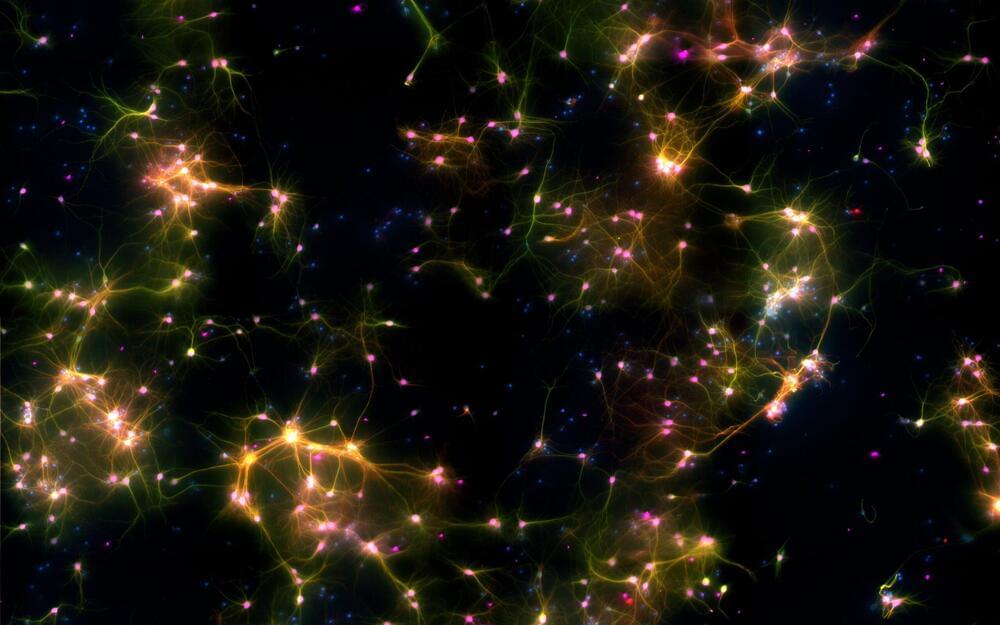A paper published in Nature Communications shows that when neurons are given information about the changing world around them (task-related sensory input) it changes how they behave, putting them on edge so that tiny inputs can then set off ‘avalanches’ of brain activity, supporting a theory known as the critical brain hypothesis.
The researchers, from Cortical Labs and The University of Melbourne, used DishBrain – a collection of 800,000 human neural cells learning to play Pong.
It is the strongest evidence to date in support of a controversial theory of how the human brain processes information.
DishBrain reveals how human neurons work together to process information.










Comments are closed.